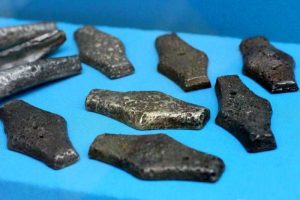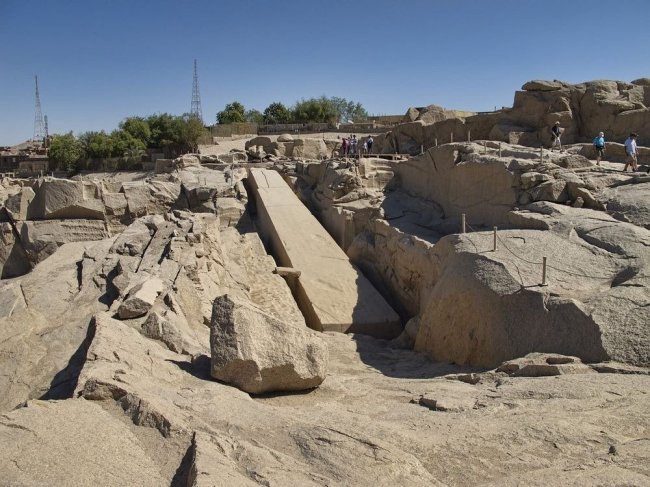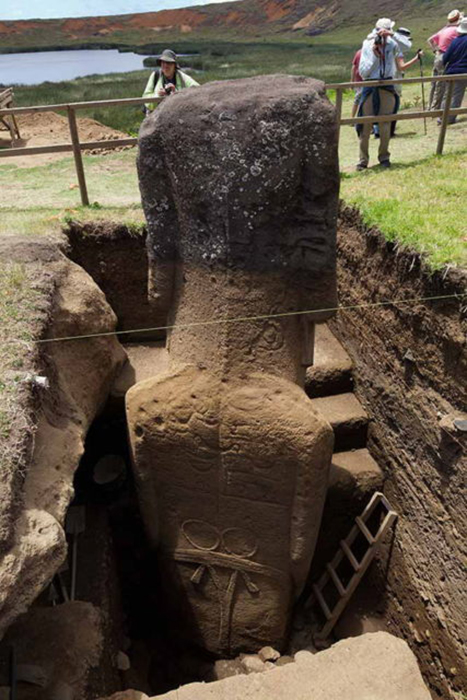How did the first coins appear, what was before them, and who printed the first bills
 Money – quite an ancient means for calculations. But market relations arose much earlier. For centuries, the ancient people made purchases, exchanged goods without the use of coins, banknotes and promissory notes. How did you manage to conduct trading operations, and what led to the emergence of modern money – in our material.
Money – quite an ancient means for calculations. But market relations arose much earlier. For centuries, the ancient people made purchases, exchanged goods without the use of coins, banknotes and promissory notes. How did you manage to conduct trading operations, and what led to the emergence of modern money – in our material.
What people calculated in ancient times
Market relations emerged as early as 7-8 millennia BC. After the decomposition of the primitive communal society, not only living conditions improved, but also instruments of labor. Due to this, people began to appear surplus manufactured products, which were exchanged for more needed.
Different nations had their own subjects, acting in the role of money. So, for example, hunting tribes changed surplus game for grain and fruit of the tribes who were engaged in agriculture and gathering, and for livestock at cattle breeders. In the Pomeranian settlements, fish exchanged for bread and meat served as currency. However, due to various human needs, it was not always possible to reach a mutually beneficial agreement.
The inconvenience of direct exchange led to the emergence of a universal product that was able to satisfy as many requests as possible. Later, he received the name of the general equivalent. In his role in different countries were the goods of different nature and purpose. Many nations used livestock as currency. For example, the northern peoples paid deer, and the ancestors of the Germans – the cows.
Barter – Equivalent Exchange System
Gradually, the direct exchange has ceased to be relevant. People began to realize that the products they exchange are not equivalent. Then the system of equal exchange became barter.
As a rule, important commodities acted as barter. In some societies, these were sugar, fur, elephant bones, cocoa, and in others cowry shells, beads, allspice and tobacco leaves. This exchange also had its drawbacks, since it was difficult to objectively determine the value of a product. For example, it was impossible to say exactly how many bags of grain needed for one sheep. In addition, as well as direct exchange, barter included the human factor, in which both sides of the process must mutually come to the conclusion that the transaction is beneficial to both. This factor severely limited the possibilities of commodity exchange.
Gradually, the system of commodity-money relations became more complicated, which led to the emergence of the market. Here more significant goods were involved: honey, gold, jewelry, grain, fur, salt, in some countries slaves served as currency. This contributed to the appearance of fairs. In order to enrich them, merchants from different countries began to gather.
When they first minted coins
When trade gradually shifted from the local to the international level, there was an urgent need for a currency that would suit everyone. Initially, these were small bars of precious metals, having different weight and shape. They were very popular and had a high value. Their authenticity was confirmed by the stigma left by the merchants.
The first coins were minted in Lydia, around 700 BC. In contrast to weight ingots, the state itself was engaged in the manufacture of such a currency. Gold, copper and silver served as the base metal for embossing. But with the advent of the first coins there were also fakes. To confirm the value of public money, the government put an image on them with an inscription. In many countries, counterfeiting was punishable by death.
The appearance of the official currency greatly simplified the economy and strengthened money as a means of payment. Minted coins gradually replaced barter, and the cost of goods began to be calculated using a special formula. Used materials, labor-intensive work and time costs have already been invested in prices. The designation of cost has made the exchange of goods easier, faster and easier.
When the first paper money appeared
Although the coin was firmly entrenched in daily life, there were also some difficulties with it. For example, it was difficult for merchants to store or transport them, for this purpose they hired special wagons and guards. In addition, it was difficult to extract metal for minting coins. This was a prerequisite for the emergence of new means of payment.
The first paper money began to be applied in China, in the first millennium of the new era. The Chinese were the first to think of depositing their savings in “banks”. Instead, a special document was issued, which indicated the amount held by the “banker”.



